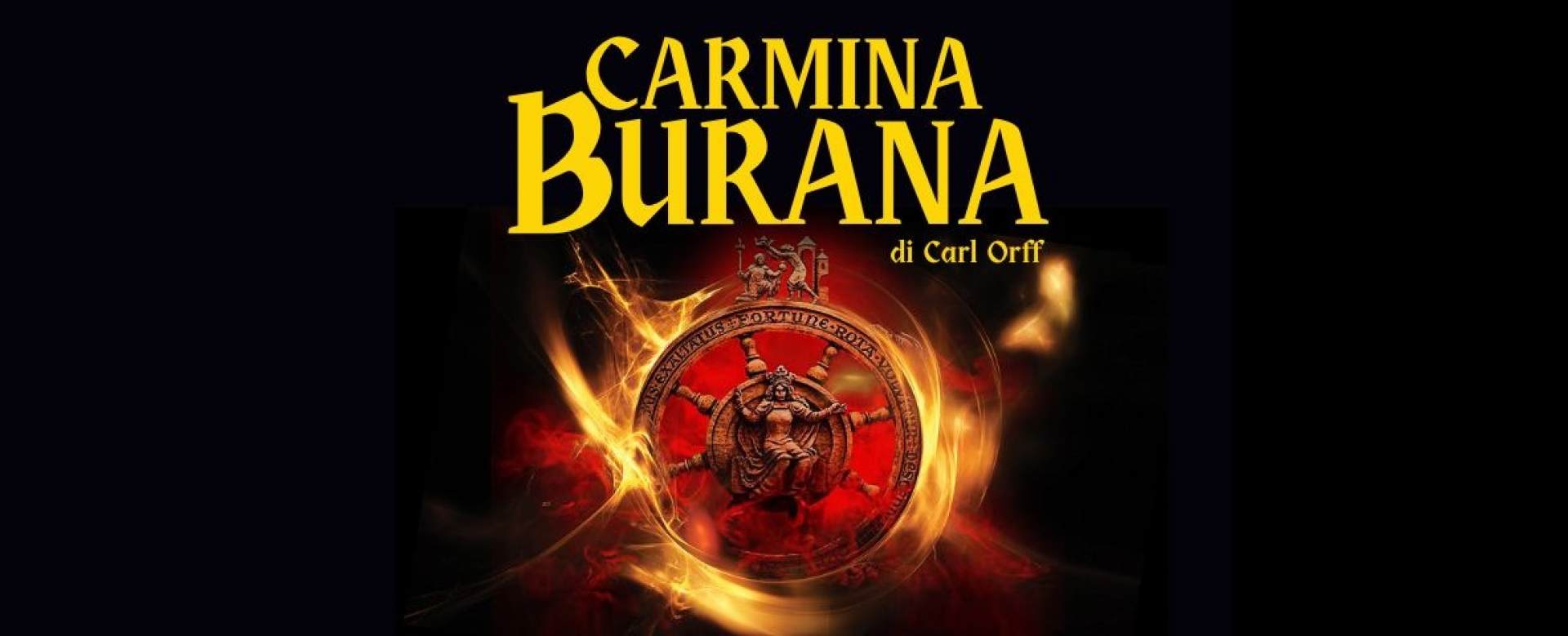Carmina Burana
February 2025 | ||||||
|---|---|---|---|---|---|---|
Mo | Tu | We | Th | Fr | Sa | Su |
Carmina Burana by C. Orff
Version for Soloists, Choir, Two Pianos, and Percussion
As the leading figure of the “Frankfurt Group,” Carl Orff sought, in his work as a composer, an answer to the problems raised by the tonal disintegration of twelve-tone technique, developing a musical language in which rhythmic drasticity and the sometimes obsessive repetition of melodic refrains almost trap the listener with inventive freshness and immediate, vitalistic expressive power.
CARMINA BURANA
He considered Carmina Burana, first performed in 1937, the culmination of this search, where dance, song, and instrumental music contribute to an organic expression as a whole.
Carmina Burana, due to its straightforwardness and immediacy of language, is often performed in concert settings and has traditionally become part of the best symphonic-choral repertoire.
The subtitle of the work is “Cantiones profanae cantoribus, instrumentis atque imaginibus magicis.” The texts are taken from the collection of the Benedictbeuren monastery (from which the term “burana” is derived), known to scholars as the Codex Latinus 4660, which includes the goliardic texts of the famous 13th-century “clerici vagantes,” inspired by a pagan view of life, extolling wine and love. They are written in a mixture of low Latin, medieval German, and other vernacular languages such as Provençal.
The composition is divided into a prologue and three parts. The prologue meditates on the fickleness of the goddess Fortuna, who, blindly distributing good and evil, governs the events of the world. The first part celebrates spring, the festival of life and love. The second part, with a distinctly goliardic and realistic inspiration, depicts drinkers who complain, curse, and extol the joys of flesh and wine consumed without restraint. The third part sings of love’s games and the emotions they evoke, described with subtlety, following patterns reminiscent of courtly love conventions. When, finally conquered, the young woman yields to the baritone’s advances, a choir with wide, majestic breadth raises a hymn of praise to Venus, the beautiful goddess of love. The reprise of the opening theme concludes the piece with the idea of Fortuna.
Program and cast
Valerio Pagano: Baritone
Giada Sabellico: Soprano
Carlo Putelli: Tenor
Pianists:
Lorenzo Marigliani
Chiara Zizzo
Percussionists of the Mavra Orchestra:
Fabrizio Bartolini
Federico Gizzi
Salvatore Morganti
Enrico De Fusco
City of Rome Choir
Choir Master: Mauro Marchetti
Conductor: Piero Gallo

 EN
EN DE
DE IT
IT FR
FR ES
ES RU
RU JP
JP RO
RO
 Seating plan
Seating plan 